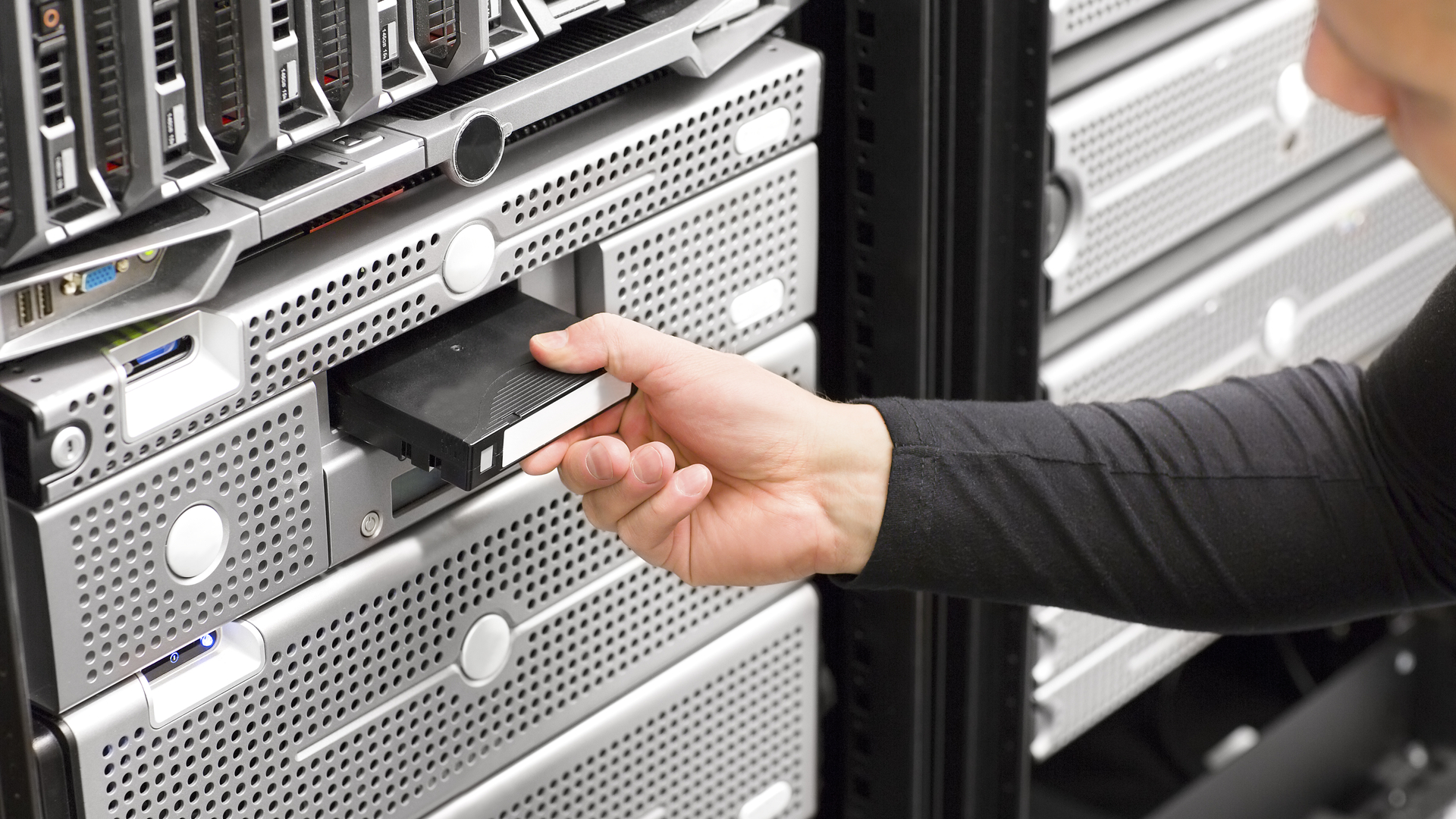
Organizations transitioning cold data storage from hard disks to tape could save a lot of money and cut carbon emissions, according to analysis of various bodies of research by the IEEE Spectrum. The report also cites statements and guidance provided by Brad Johns, an IBM data storage business veteran and data storage consultant.
Research by IDC (PDF, 2019) indicates that 60% of all data would be a good candidate for magnetic tape storage – in other words it would usually be classified as cold data. However, only an estimated 15% of all data is kept on tape. Two key advantages of tape, compared to HDD, are its double lifespan and much lower energy consumption.
The need for data storage is increasing rapidly, with organizations and people commonly generating more, and bigger, files every year. However, research indicates that the files stored by governments, academia, and businesses, as well as busy YouTubers, TikTokers, and Instagrammers, are not necessarily stored in the most efficient way.
We like to look in awe at ultra-modern new-fangled tech solutions for geeky thrills, but sometimes the oldies are goodies. A case in point is in storage technology. We have recently covered breakthroughs in DNA storage, Nanofiche, glass, 5D data cubes and others, but HDDs remain, and optical disks keep re-appearing. Now the idea that magnetic tape should be more prevalent is being pushed forward. However, it looks like HDDs aren’t going extinct despite some companies' wishful thinking, and tape storage is rolling along quite confidently in the 2020s.

According to the IEEE report’s sources, HDDs have a working life of about five years, and produce about 2.55 kg of CO2 per terabyte per year. Compare those figures to the same metrics for tape storage: tape is claimed to have a 30 year lifespan, and produce just 0.07 kg of CO2 per terabyte per year.
The lifespan and CO2 figures show a wide gulf, which organizations can use to their advantage, but it doesn’t end there. Device costs and eWaste statistics also help make the case for cold storage tape systems. In the IEEE report an example is put forward where a data center needs to store 100 petabytes of data for 10 years. Using HDDs would result in 7.4 metric tons of eWaste, but tape storage tech could cut that by more than half, to 3.6 metric tons of eWaste.
Some total cost of ownership (TCO) figures are also put forward to help make the argument for cold storage on tape. Johns calculates that in the 100 PB example, the HDD based data center would have a TCO of $17.7 million over the decade. Meanwhile, the tape storage-based facility could reduce that to about $9.5 million. Money talks.
Companies haven’t been blind to the enduring economic appeal of tape, suggests the source report. However, bigger organizations with more resources have been able to transition better to tape, as correctly classifying and sorting your cold data takes “time, money, and effort,” it is observed.
With momentum seemingly behind its adoption for cold storage, and obvious advantages over HDDs for this data storage model, tape is set to retain a compelling advantage “probably for the next decade,” reckons Johns. That is, unless one of the aforementioned exciting storage breakthroughs ever makes it out of R&D labs.







